DIY Stream Health Monitoring
Using MCI & RHA
Design your Stream Monitoring Plan for Southland Catchment Groups
This stream monitoring plan design tool was created to help catchment groups plan and carry out monitoring programmes in a cheap, easy and consistent way. It will give groups simple, usable and comparable data that will help them measure stream health change over time.
The two monitoring techniques this programme uses are DIY versions of Macroinvertebrate Community Indexing and Rapid Habitat Assessment (MCI & RHA). Designed to take about 1 hour (for the 2 assessments) once you know what you are doing.
Keep in mind the data collected is using citizen science not professional ecologists. The results will give a good indication of state and will provide good trend data. It will not provide data to the exacting standards a professional science team could produce.
Scroll down and read below for a simple step by step guide, download the more detailed Ecosystem Health Monitoring Guide or the full River Health Monitoring Framework here:
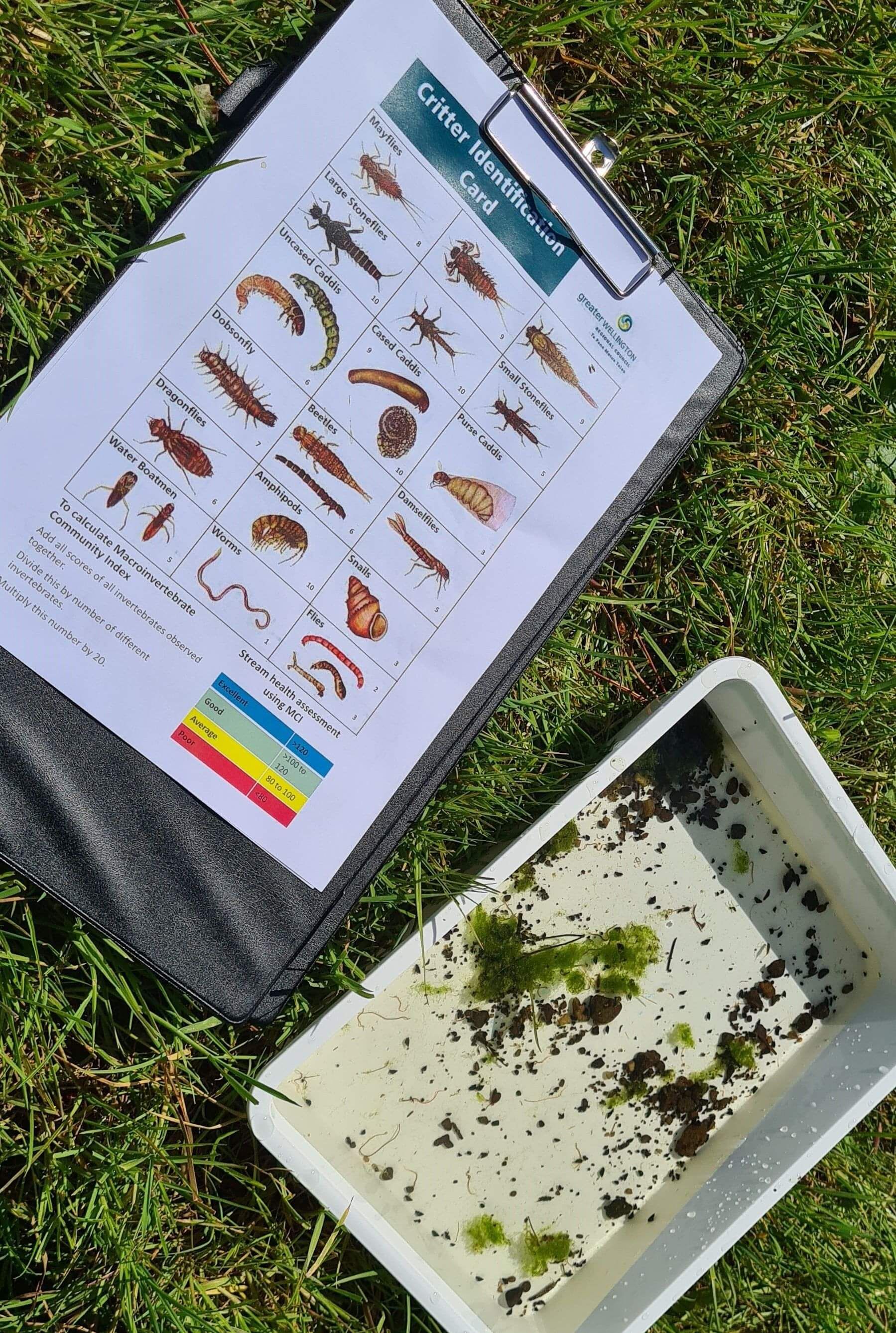
Macroinvertebrate Sampling
Macroinvertebrates are bugs that live in streams. Different bugs have different levels of tolerance to pollution. The presence of bugs that are sensitive indicates a healthy stream and bugs that are resilient can indicate a poorer quality stream. This monitoring system uses a point scoring method where each bug is worth a number of points.
In a sample, the number of different species and how many of each species you have, determines your score. Your points score gives you a grade of – A, B,C or D.
This type of monitoring works best in streams and tributaries, rather than in main rivers.
Rapid Habitat Assessment
This method uses a 1-page visual assessment score sheet with set criteria to assess the stream and the area surrounding it. The information from the assessment gives an indication of how healthy the stream is and what features in the surrounding area could be contributing to its health – good, or not so good.
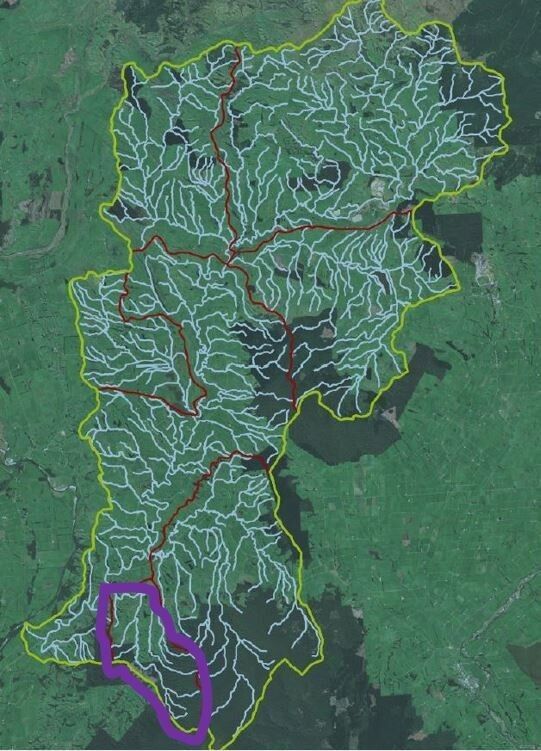
1. Decide which areas to look at & build your team
You can look at your whole catchment or one small area. If your catchment group covers a large area, break it down into smaller areas or groups of neighbours keen to work together.
Is there anyone else you want or need to be involved to make your monitoring programme a success? If yes, get in touch with them.
TOP TIP: A catchment group could look at setting up a monitoring programme for the purple area. You don’t have to monitor the whole catchment or every waterway, just do the areas and streams that are relevant to your group.
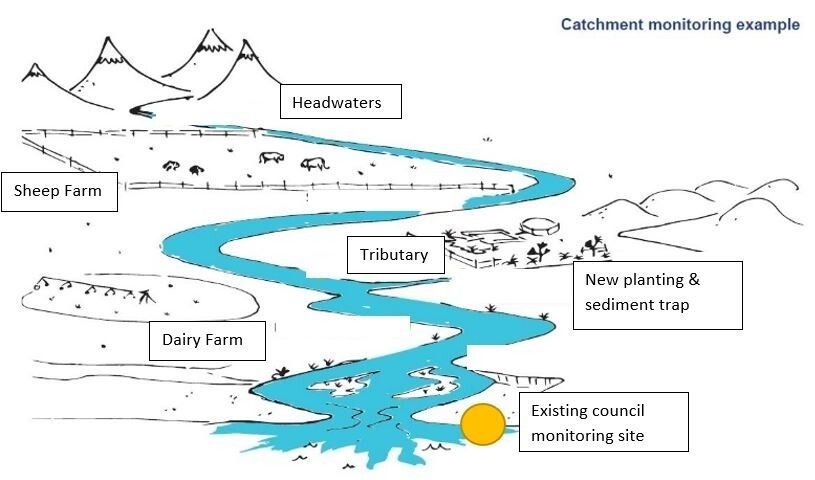
2. Map what is in your area
Mark on a map the existing natural and land-use features.
Eg: Streams, native bush, farms, forestry, plantings, etc. Include anything the group thinks is important.
Add existing regional council macroinvertebrate monitoring sites to your map from www.lawa.org.nz LAWA (Land Air Water Aotearoa) is the website which shows regional council water quality monitoring results - and other environmental info.
3. Any existing MCI data?
Understanding any existing MCI water quality data available on https://www.lawa.org.nz/. Is there any information you can take from this as a starting point or to use as part of a baseline?
Note down the information you find and the date.
Incoming regulations have a ‘national bottom line’: MCI score 90 = D (anything below 90 is considered poor and needs improvement).
Note: This framework uses a citizen science approach (based on, but not as in-depth scientifically) to give you a score that is comparable to the LAWA scoring of A,B,C or D
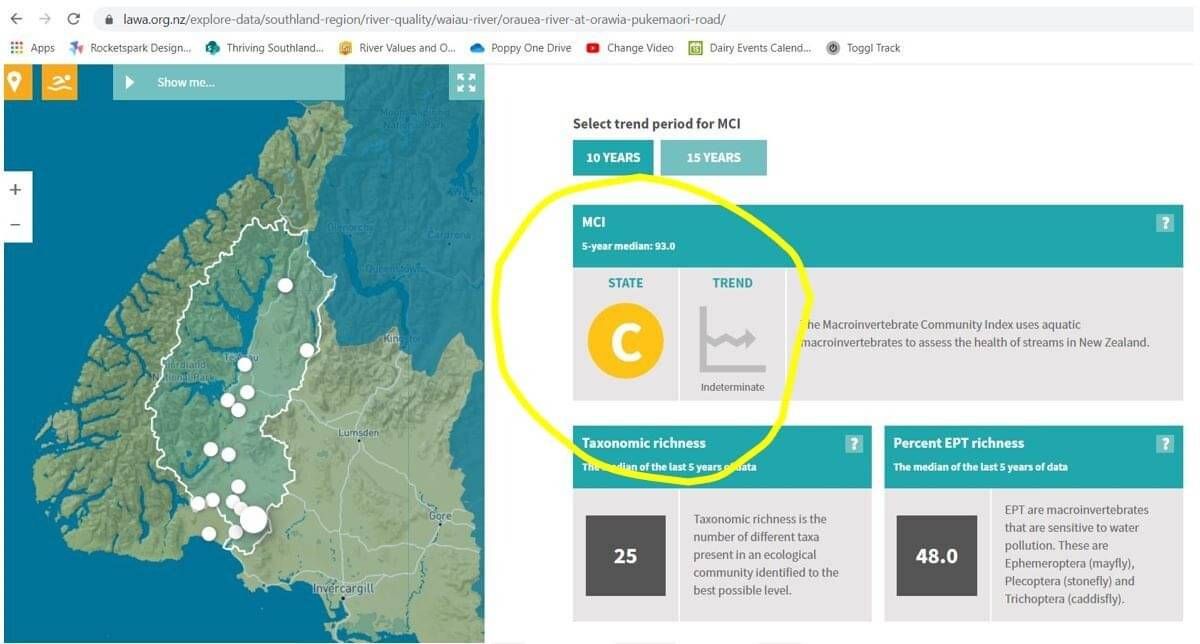

4. Group discussion
Consider the following things as a group and record what you agree on:
Why are we doing a monitoring programme?
eg. to measure change over time, to engage more people, to upskill, all of the above? Get your group members on the same page right from the start about what you want to achieve and why.
What will you do with the information – the ‘So What?’
How will you use the data as individuals and/or as a group to help with decision making, engagement, mindset change, education, sharing of information, on farm change?
As a group agree on how your data will be managed?
- Who will take responsibility for storing, collating and sharing the data?
- How often will it be shared? How will it be shared – email, printed, website?
- In what detail will it be shared – colour code, actual result, both?
- Public or group only?
What are the ground rules for your group in doing a monitoring programme?
How will we work together? What are the protocols for any ‘red’ results? What do we stand for as a group? What are we all about? It could be bullet points or a statement.
An example might be: We are an inclusive group who will not point fingers or blame, but show support, encouragement and provide help to our members to improve the waterways in our catchment.
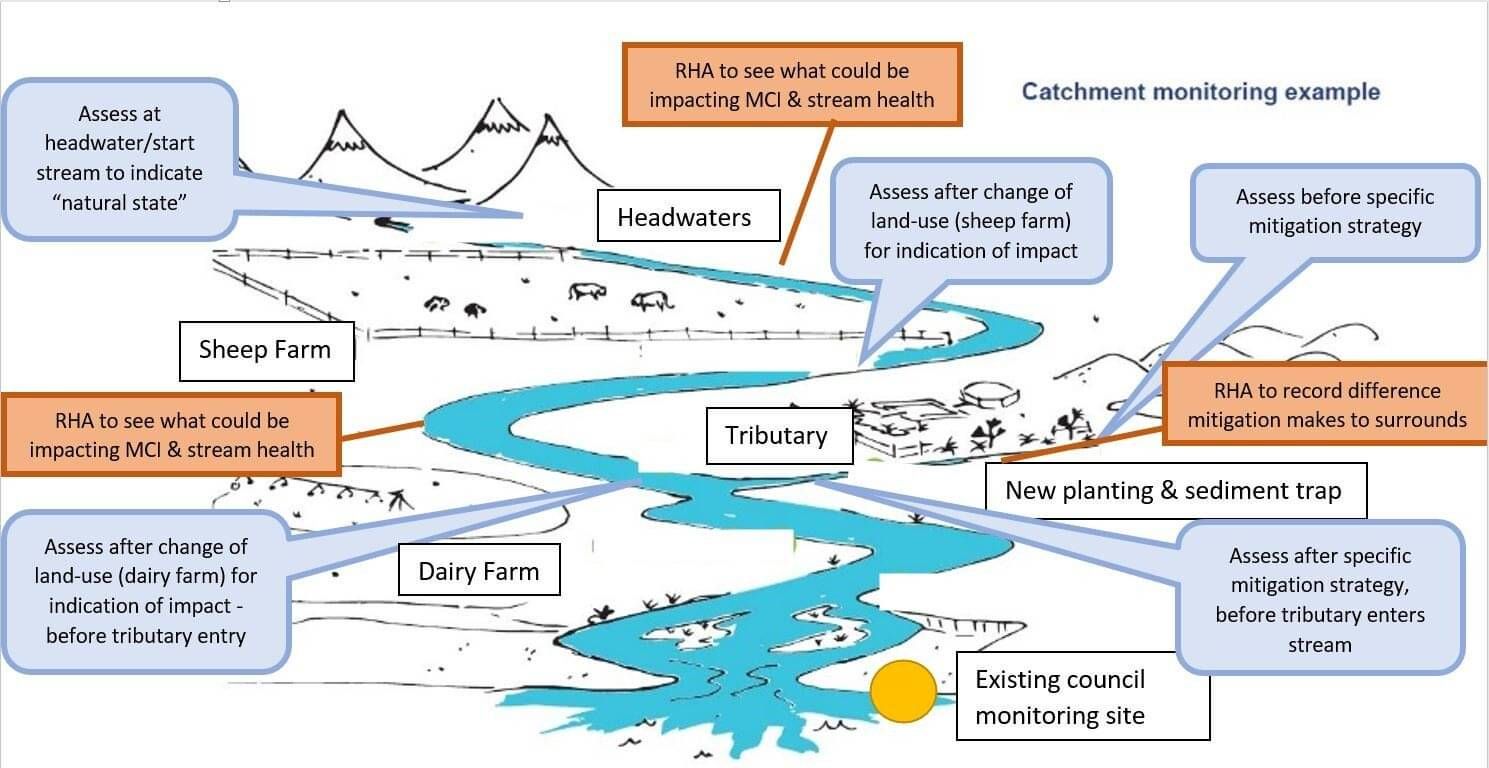
Blue: Macroinvertebrate sampling site | Orange: Rapid Habitat Assessment
5. Site selection
When choosing which sites to assess, refer to your map and think about what you want to know or achieve at each location. Divide your locations up between your team and decide who will sample each site and as a group agree on when to sample.
Make sure the site is a stream or tributary (not a main river)
Make sure you can easily get to the stream by vehicle and down into the water by foot
Stoney or dirt bottom stream – can be either just record which one it is
MCI best done in a riffle rather than a pool – can be either, record which it is and keep consistent each time (see image)
Try and do the sampling on the same week as the regional council does their MCI sampling
If there has been high flows after a lot of rain, wait for 2-3 weeks before doing your assessment
Start small and practical – you can build in more sites over time
Both of these methods are suited to once or twice a year assessments
Your best MCI results will be between November – April.
You could also pick a winter month to assess. You would compare your results summer – summer and winter – winter.
Take a photo of the site each time you assess it to submit with your results
Record the GPS coordinates of the site so you can remember where to sample again next time and to submit with your results
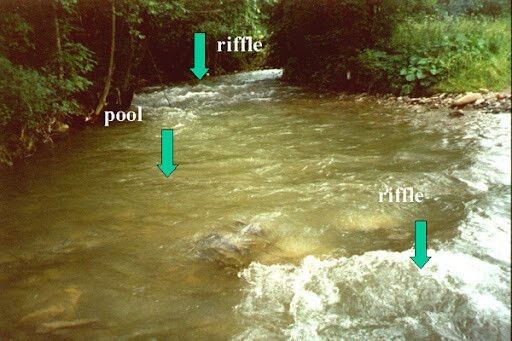
6. Do the first assessments and record the results
Download the How to Sample Macroinvertebrate Communities and How to do a Rapid Habitat Assessment docs below:
The person who will collate and share the data (decided above) could create a google account and email a link to the google survey form. Using the survey form, each person doing the assessment can record and submit their results. The data goes to an online file which can then be downloaded into a spreadsheet with one click. You can also upload site photos in the survey form.
If your stream site doesn’t have mobile reception print out a copy of the survey to write on and then submit the info online later.
Here is a link to the survey template: https://forms.gle/ptGbX4bUmAsTeVQa9
TOP TIPS: Start with a field day, invite an expert along to teach everyone how to do the assessments. Make it social and have a BBQ afterwards.
You can find out the coordinates of your site using google maps.
Computer: Go to google maps, find your site and then click the point where you sampled. A box will come up showing your coordinates.
Phone: Open google maps, find your site and hold your finger down on your site. A box will come up showing your coordinates
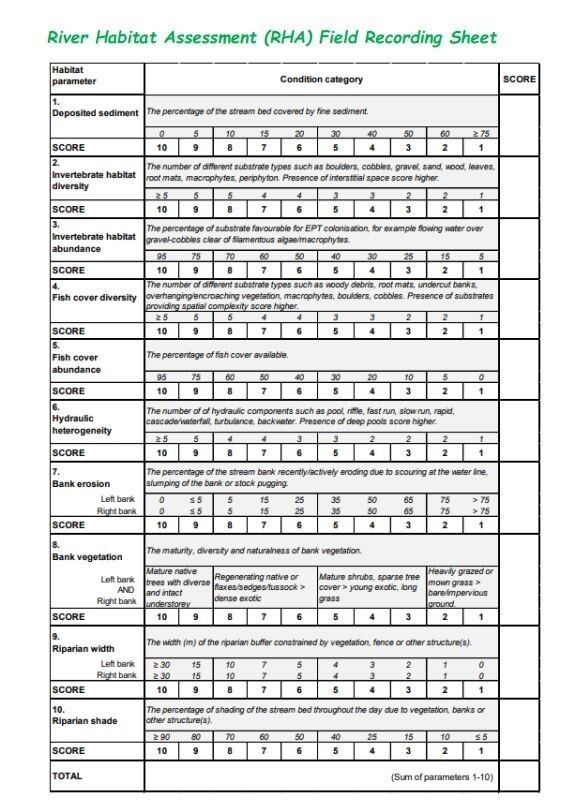

7. Analyse the results & plan the mitigations
Look at the results, identify areas that could use some improvement (red and orange results would take priority) and think about what might be contributing to the results.
- Brainstorm some ideas of how to improve the stream health. Your rapid habitat assessment results may help you determine what the issues could be.
- Investigate what mitigation options could work for your site. Use the knowledge of other farmers, the Land Sustainability Team at Environment Southland or other specialists to come up with a solution that you know will work with your land. Is there an opportunity to make a SMART goal for the improvement you are trying to make?
Also think about farm system factors that could pose a risk to stream health. Are there any changes you could make that would make a difference?
TOP TIP: Plan a catchment group catch up to discuss the results and brainstorm ideas on how to improve them.
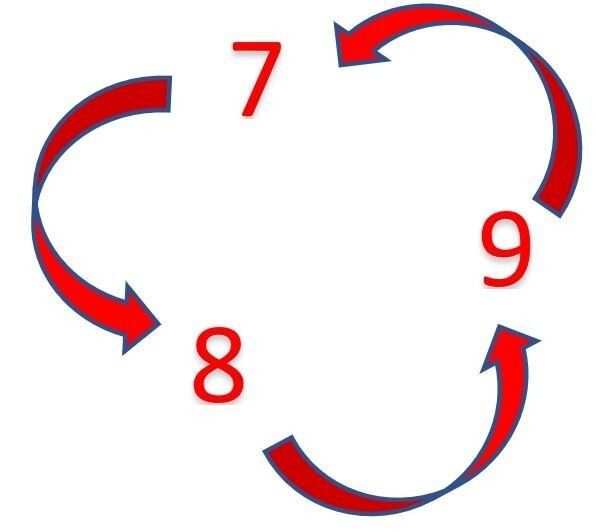
Repeat Steps 7, 8 & 9
If one of your group's goals is to measure change over time, reapt steps 7,8 and 9 annually.
8. Get stuck in
Do your mitigations and/or make the adjustments to your farm system
9. Monitor and review
Do your macroinvertebrate sampling and rapid habitat assessments again.
Review the monitoring programme. Check in with the group how it is going for them, does anything needs to be changed, more or less sites, etc?
TOP TIPS: Set a date or week for everyone to do their sampling. At the end of that week the group could meet up for a BBQ, to collate and share the results.
Take time to celebrate success and acknowledge catchment group member commitment when improvements are made.
